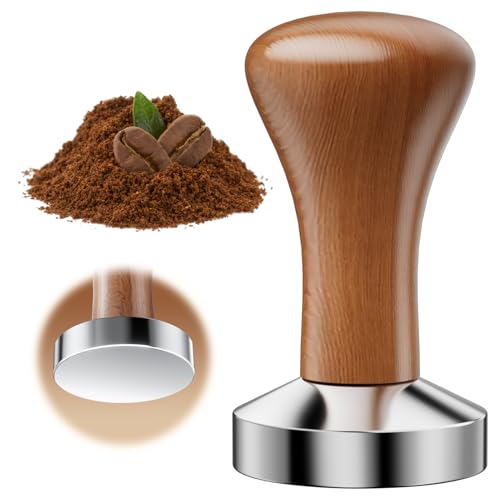The Importance of Proper Tamping for Coffee
Coffee is a beloved beverage consumed by millions around the world. One of the keys to making a delicious cup of coffee is properly tamping the coffee grounds. Tamping is the process of compressing the coffee grounds into a compact puck, which promotes even extraction of the coffee. One question that often arises is: what is the ideal pressure for tamping coffee?
Understanding Tamping Pressure
The ideal pressure for tamping coffee varies depending on a few factors. One important factor is the type of coffee machine being used. For most espresso machines, a tamping pressure of around 30 pounds of force is recommended. However, this can differ for other types of machines or brewing methods, such as pour-over or French press.
The Effects of Improper Tamping
If the coffee is not tamped with enough pressure, the water will flow through the grounds too quickly, resulting in a weak and under-extracted cup of coffee. On the other hand, if the coffee is tamped with too much pressure, the water will struggle to pass through the compact puck, resulting in an over-extracted and bitter cup of coffee.
Tools for Consistent Tamping
To achieve consistent tamping pressure, many baristas utilize tools such as a tamper. A tamper is a device that fits over the coffee grounds and allows the user to apply pressure evenly. Some tampers even have adjustable bases to ensure an accurate and consistent tamp. When using a tamper, it’s important to apply even pressure and avoid any twisting or rocking motions that can result in an uneven tamp.
Experimenting with Tamping Pressure
If you’re looking to perfect your coffee brewing skills, experimenting with tamping pressure can be a fun and educational process. Try adjusting the pressure by small increments and tasting the resulting cup of coffee each time. By doing so, you’ll be able to find the ideal pressure for your individual taste preferences.






